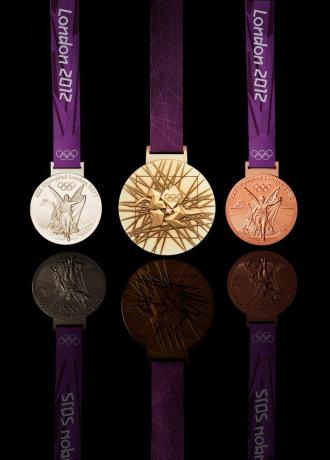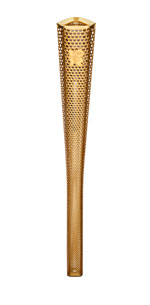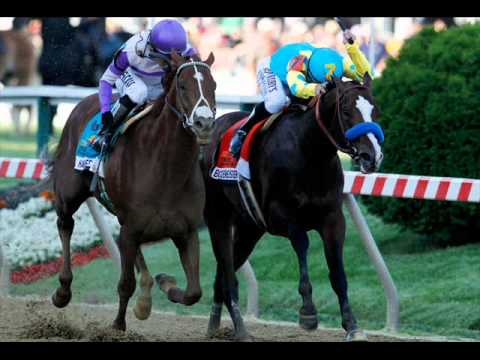 By Anne Marie Helmenstine, Ph.D., About.com Guide
By Anne Marie Helmenstine, Ph.D., About.com Guide
What do you think Olympic medals are made of? Are the gold medals really gold? They used to be solid gold, but now Olympic gold medals are made from something else. Here’s a look at the metal composition of Olympic medals and how the medals have changed over time.
- Gold and silver medals are 92.5% silver.
- Gold medals must be plated with at least 6 grams of gold.
- All Olympic medals must be at least 3 mm thick and at least 60 mm in diameter.
































